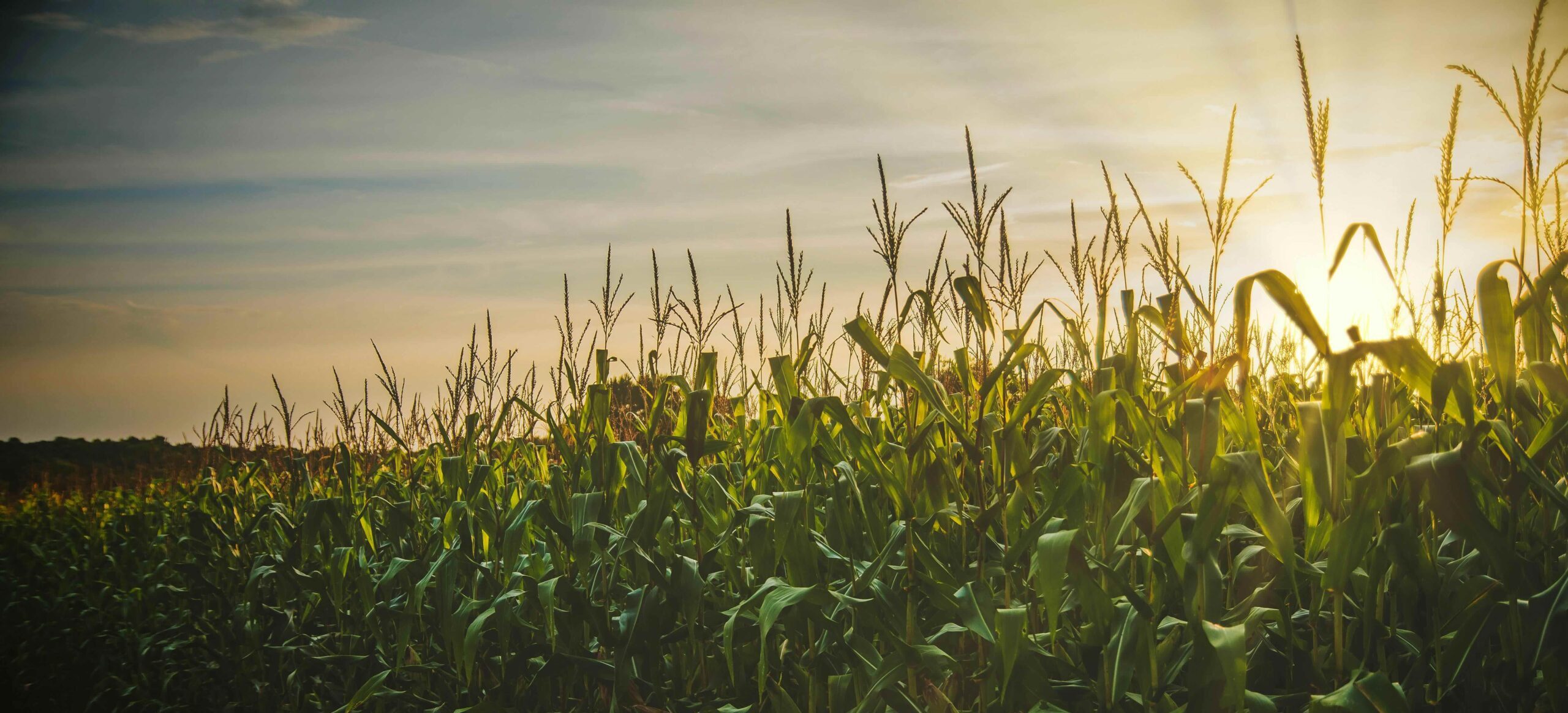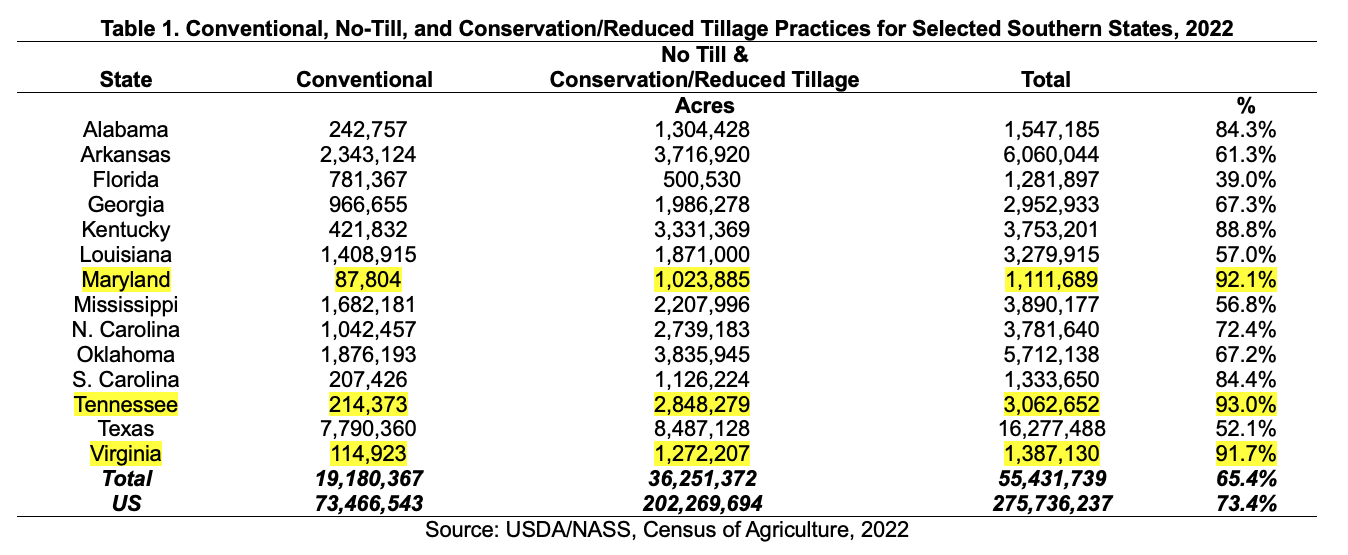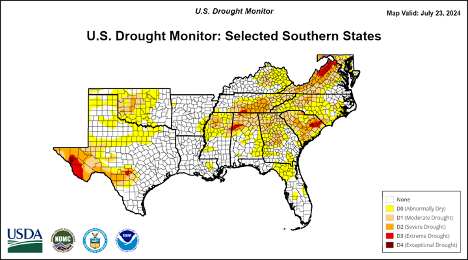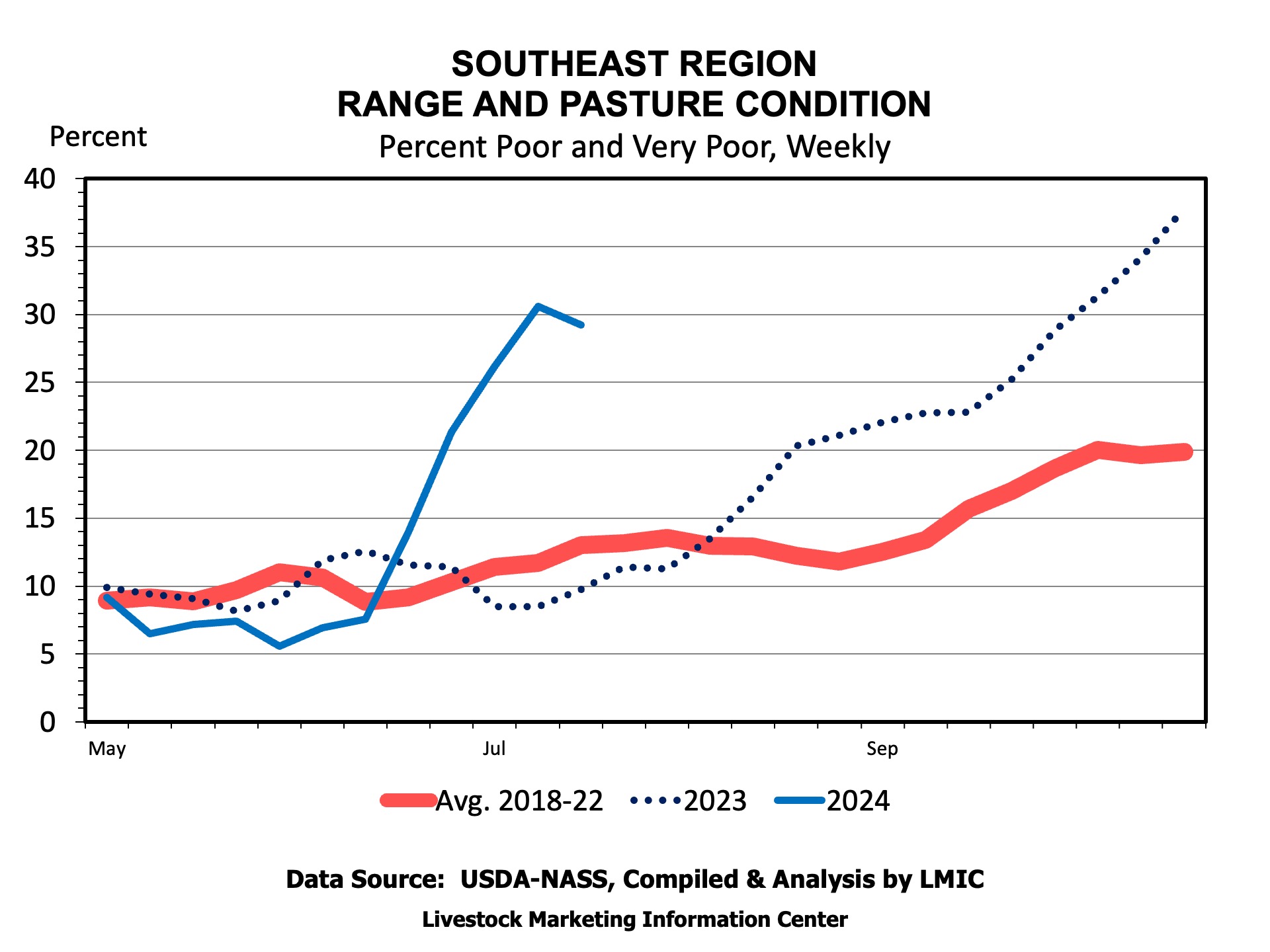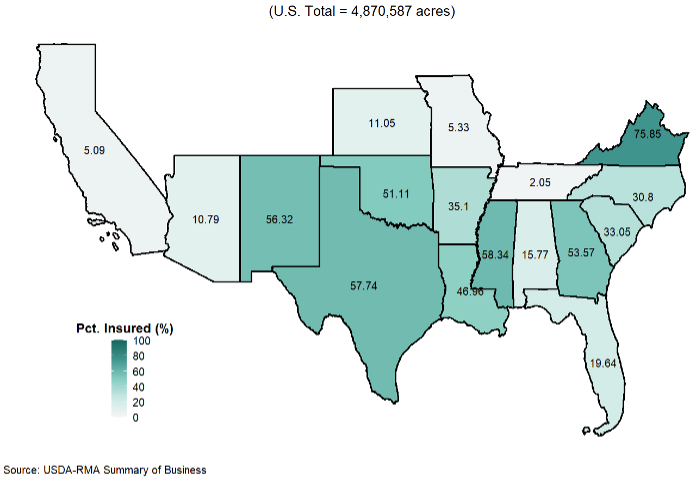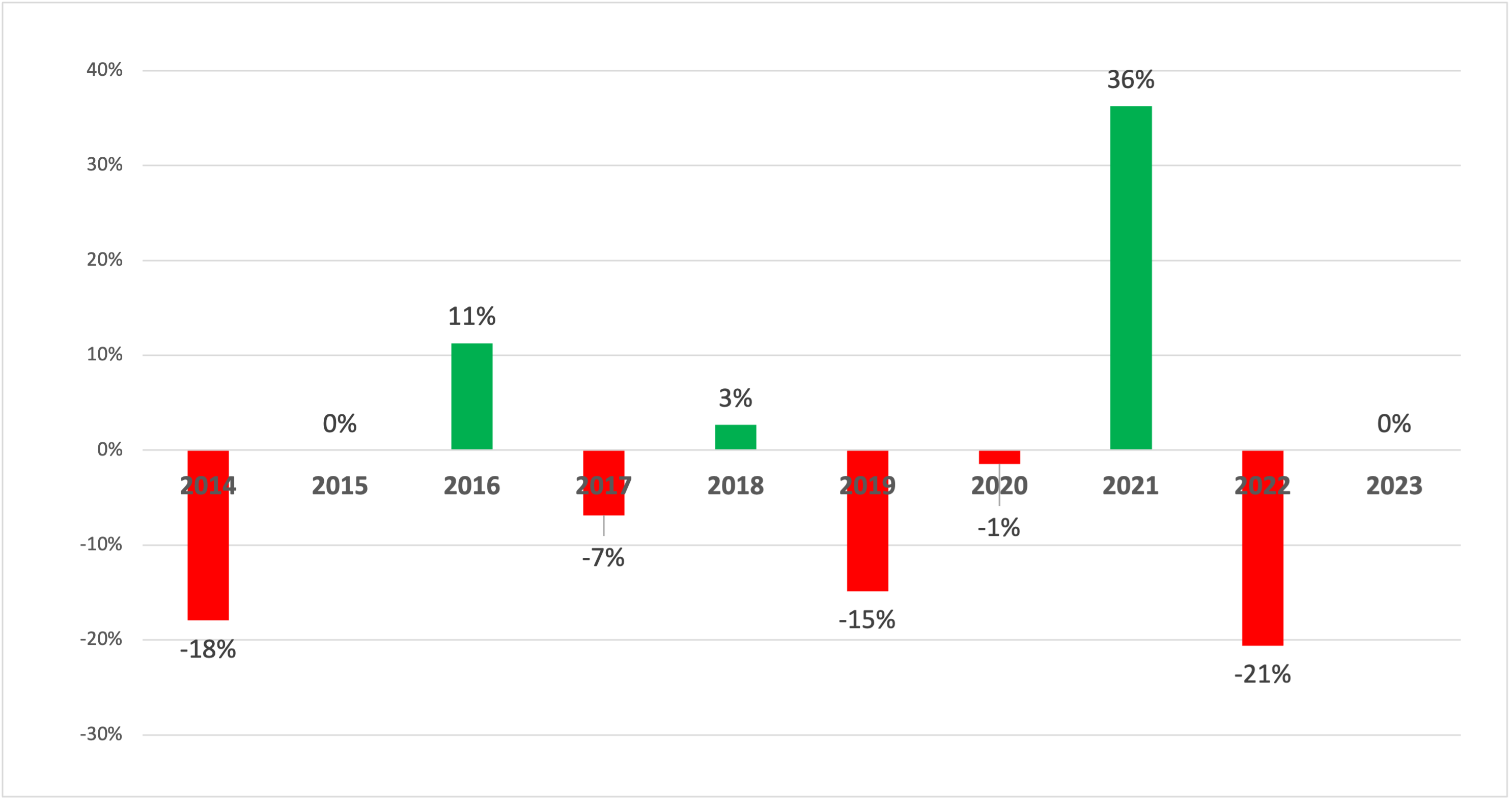On June 21, 2024, the United States Supreme Court issued an opinion in the long-running dispute between Texas and New Mexico over the 1938 Rio Grande Compact. The Court, in a 5-4 decision, held that the federal government could block an agreement between Texas and New Mexico to resolve their dispute. Although the compact relates to the river, the dispute centers on groundwater pumping.
Texas filed suit against New Mexico in 2013, alleging that excessive groundwater pumping in New Mexico deprived Texas of its fair share of Rio Grande water under the compact. Note that lawsuits between states originate in the United States Supreme Court. The Court appoints a Special Master to hold hearings and make recommendations to the Court, which ultimately decides the issues.
Unlike most compacts, the Rio Grande Compact requires New Mexico to deliver water not to the New Mexico/Texas border, but to Elephant Butte Reservoir, a federal project about 100 miles north of the border. Texas alleged that groundwater pumping along the river between the Elephant Butte Reservoir and the state line took water from the river that rightfully belonged to Texas.
The federal government filed a motion to intervene in the litigation in 2014, alleging that its interest in the federal project at Elephant Butte allowed intervention to protect the government’s rights and obligations. The federal government, through Downstream Contracts, was required to deliver water to an irrigation district in New Mexico, and one in Texas. The Court allowed the federal government to intervene, a relatively rare occurrence, because of the unique circumstances of the case and the fact that its interests aligned with those of Texas.
Texas’ lawsuit focused on increased groundwater pumping between the Elephant Butte Reservoir and the state line. While the federal government had operated the reservoir based on data from 1951 to 1978 (“D2 data”), a time period where groundwater pumping increased significantly in New Mexico, Texas asked for allocations to be based on 1938 data, when there was much less groundwater pumping in New Mexico. The United States, which had operated based on the later for decades, did not request a change.
After 10 years of hearings and litigation, Texas and New Mexico agreed on a consent decree, settling the issues between the states. The agreement continued water allocations based on the D2 period, which favors New Mexico, but measured the water delivery at El Paso, which favors Texas. Complex accounting measures in the agreement ensured that Texas would receive the state’s fair share of water.
However, the federal government objected to the agreement, claiming that its interests in administering the water project were threatened. In addition, for the first time, the federal government claimed that the water allocation should be based on 1938 levels of groundwater withdrawals. New Mexico estimates that a forced reduction in groundwater withdrawals to 1938 levels would mean a loss of 50,000 jobs and 10% of the state’s gross domestic product.
Justice Jackson, joined by Chief Justice Roberts and Justices Sotomayor, Kagan, and Kavanaugh wrote the majority opinion. The majority found that the federal government had independent claims that would be resolved by the agreement. Given that the government was now a party, the agreement could not resolve the government’s interests without its consent. Since the government’s interests were aligned with those of Texas, and Texas had requested a 1938 baseline, the government was deemed to make a similar request. Given the close connection between the compact, the federal project and the irrigation contracts, the government must agree to any resolution of the case.
Justice Gorsuch, who also authored the Court’s 2018 unanimous opinion allowing the United States to intervene, wrote the dissenting opinion, and was joined by Justices Thomas, Alito, and Barrett. The dissenters summarized their position as follows:
The Court’s decision … defies 100 years of this Court’s water law jurisprudence. And it represents a serious assault on the power of States to govern, as they always have, the water rights of users in their jurisdictions. The Special Master issued a detailed 115-page report laying all this out. His views were wise, his recommendations sound, and, respectfully, we should have done as he suggested.
The dissenters opine that the Court denied the entry of the consent decree “[b]ecause the federal government demands as much.” In addition, the federal government could not assert these claims alone in the Court but would have to file a lawsuit in the lower court.
Given the number of federal water projects in the United States, and increasing disputes between surface water and groundwater users, this decision could allow the federal government to take control of groundwater allocations in a large number of situations. Groundwater users generally lose these disputes because groundwater withdrawals generally began after surface water withdrawals. Since the surface water users have seniority, surface water withdrawals receive priority. The decision may cause large cuts in groundwater withdrawals in New Mexico, as well as put groundwater users in jeopardy wherever federal water projects exist. As in this case, the competing uses will likely include large agricultural users. New Mexico and Texas will now have to start back at square one.


